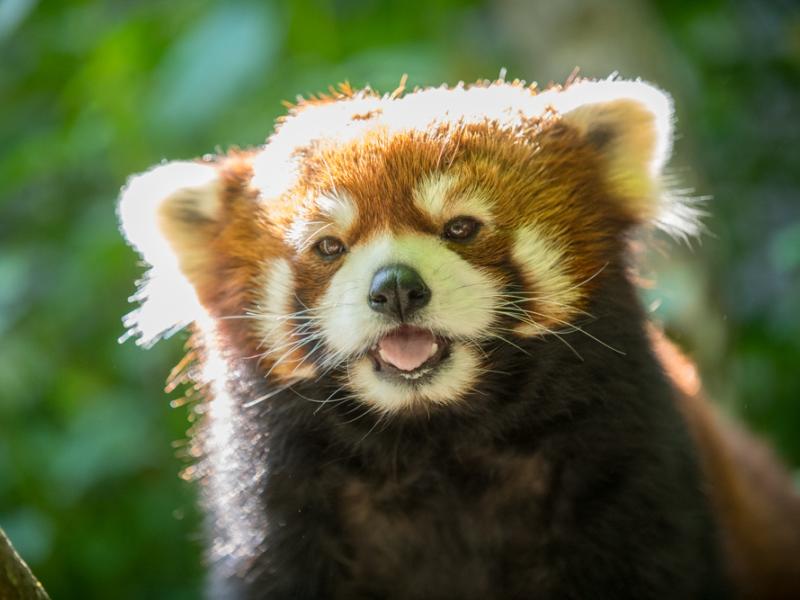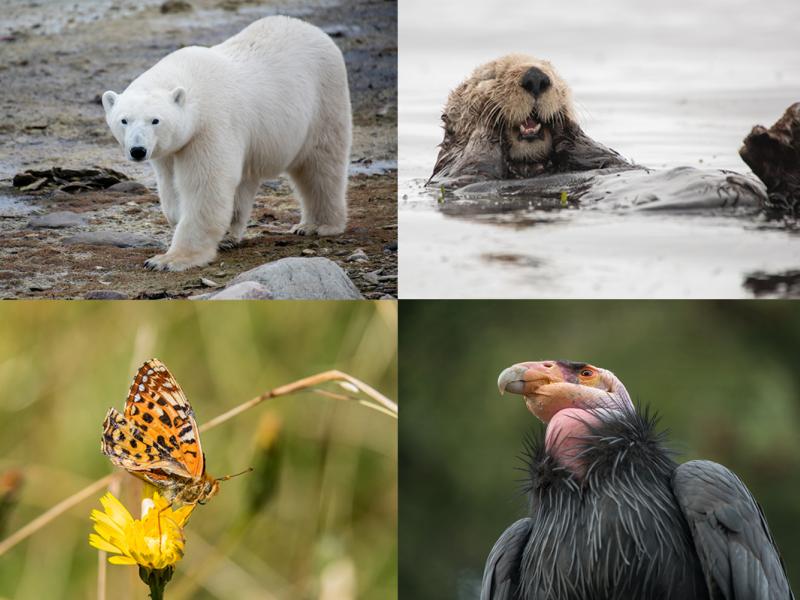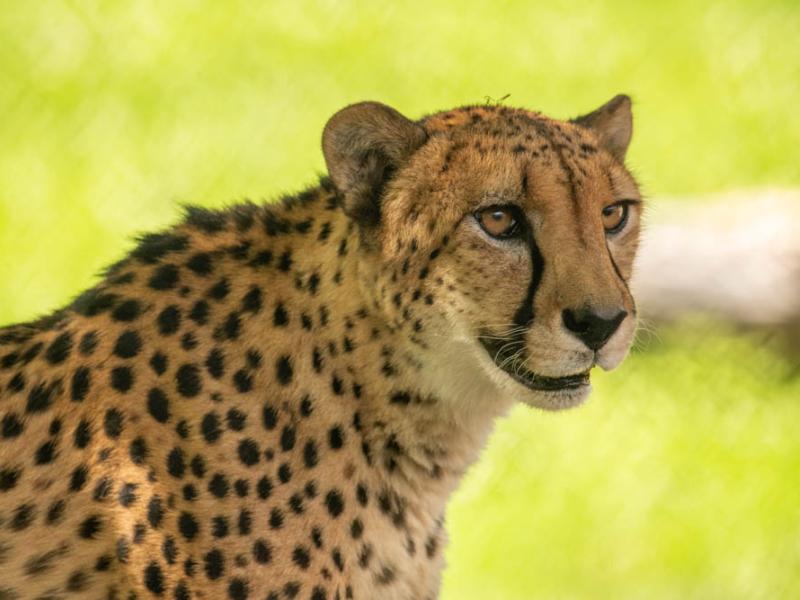Saving condors in Big Sur: A Q&A with Joe Burnett

Just two decades ago, California condors had disappeared from their historic range on the Northern California coast. Now the region is home to 98 free-flying condors and counting, thanks to the recovery efforts of conservation organizations like the Ventana Wildlife Society in Big Sur, Calif. Joe Burnett, a senior wildlife biologist and project coordinator for Ventana, recently spoke to the Oregon Zoo about the fight to bring condors back from the brink of extinction.
Oregon Zoo: Why is the California condor recovery effort so important?
Joe Burnett: Condors are kind of the unsung heroes of the ecosystem. They're out there doing the dirty job that nobody wants to do and at the end of the day, it's a really important one. They're cleaning up some of the carcasses that no other animals want to touch or be around.
And not only that, I think condors just represent the wildest parts of the wilderness ... They can cover terrain that would take us days, weeks, to cover, they can cover it in five minutes. I'm just constantly in awe of them. I think when people see them and realize there's a bird species this large still thriving, or that can potentially still thrive, it's clear they're worth protecting and worth bringing back.
What makes Northern California such a great place for condors?
This was part of their more recent historic range. Some of the first records of California condors being identified were in Monterey. So, even before Lewis and Clark, up on the Columbia River in Oregon, early explorers had identified condors along in the Monterey Bay.
At Pinnacles National Park, condors are using these beautiful sandstone carved caves, and, you know, that's an area where they historically nested. It's kind of cool to see all these birds reconnecting with their past and basically, starting to rebuild the flock themselves, which is really the whole goal.
What threats are condors facing in the wild?
One of the biggest threats is lead poisoning, because hunters shoot stuff and it's left behind and the condors eat it, and if it has spent lead in it, it will potentially kill them.
We know from our research, that pretty much any condor out in the wild has been exposed to lead poisoning and at different varying levels. It's just a matter of when they get that poisoning that will kill them. It is the leading cause of death so we take it very seriously.
How do you treat condors for lead exposure?
We try to trap the birds once, twice a year and take a blood sample. And, on the spot, we have an analyzer that can give us a ballpark estimate of where their lead is. If it's on the higher side, then we work with L.A. and Oakland zoos. They have treatment facilities. We can take the birds from the wild, take them up to their facilities, to their veterinarians and they treat them. Depending on how bad the lead poisoning case is, it can take anywhere from a week to as long as three months.
If it's a severe case, if a bird gets an acute poisoning, it's unfortunate, but that bird is now out of the wild for three months. The resources it takes to treat a bird are sizeable. So, not only is it a threat, but it's also an impact to the limited amount of resources we have to do this project.
I think that also speaks to the collaborative effort of condor recovery. I mean, it's just not one group doing this. You know, you've got the breeding facilities like Oregon Zoo. You've got partners like Oakland Zoo who are helping us treat lead poisoned birds. And you have L.A. who's doing both. You have Santa Barbara Zoo who's helping with nest monitoring in Southern California. It's this huge collaborative effort which is why I really love the project because it makes it really strong.
What can people do to help?
The single biggest thing people can do is, if they know or have family that hunt, or farmers, rancher family members, to get them to switch to non-lead ammunition. It's not only benefiting the condor, it benefits bald eagles, it benefits the whole ecosystem.
And then, just learning more about condors, just understanding how important their role is and scavengers in general, how important they are to the ecosystem in keeping it clean and that they have an important role in the bigger picture of things.
Is there hope for California condors in the wild?
We know the birds can do it. They've shown us ... If we can get these threats out of their way, we know all the natural pieces of the puzzle are there. They have plenty of nesting habitat, they have plenty of food. They have plenty of range. They have pretty much intact, pristine areas that they can still use to thrive in.
We're up to 98 birds in central California alone. There are another 85 in Southern California. Just in California, the state alone, we have over almost 175 birds. So, if we can get this population now to become self-sustaining, now we're talking about down-listing them to threatened. And then the end-all goal would be to de-list them completely, like what happened with the bald eagles five years ago where they were completely de-listed.
And that would be a time where we have condors all over the entire western United States, well into Oregon and to the Northwest, we're talking thousands of condors across the landscape. And the great part is, there's plenty of room for them. So, I think the work for Oregon Zoo is not done. It's not done for us, but the great part is that the needle is moving forward.
More News

Sad goodbye to "Sir Snacks-a-lot," beloved red panda Moshu
The Oregon Zoo is mourning the loss of beloved red panda Moshu, who passed away peacefully this morning, more than a year after being diagnosed with severe heart disease.May 14, 2025

Take action: Protect wildlife by protecting their homes
Speak up to protect wildlife. Submit a public comment urging the government to keep the Endangered Species Act strong — including protections for habitat.May 8, 2025

Zoo mourns Strike, one of oldest male cheetahs around
At 15, Strike was considered geriatric for his species and was the second-oldest male cheetah living in an AZA-accredited zoo.May 8, 2025

